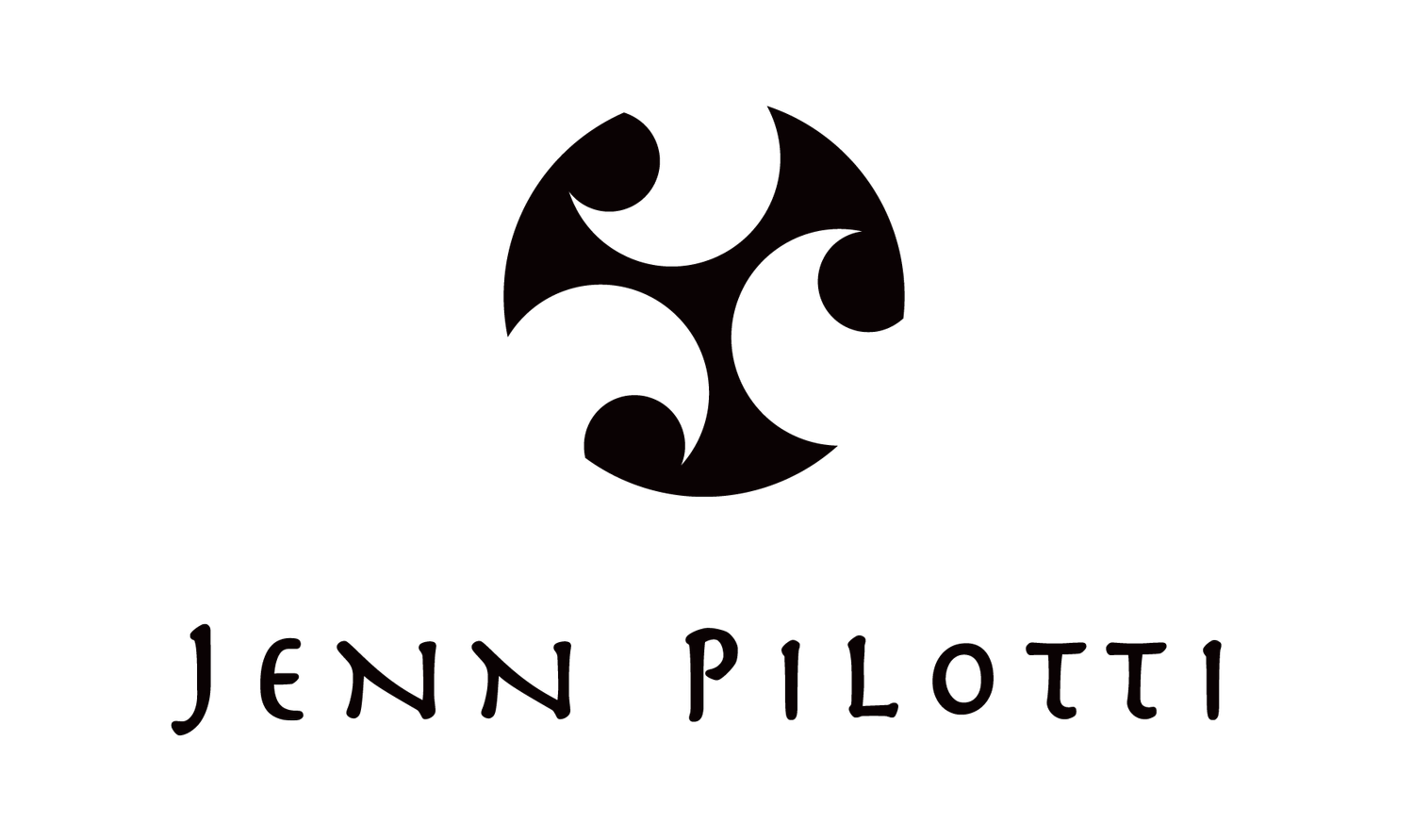SMART Goals and Flexible Hearts
New Year’s resolution season has begun! To make the most of your resolutions for the year, follow the SMART acronym:
Specific. “I am going to start running” is an example of a general goal. A better goal would be “I am going to run 3 days a week for 30 minutes at a time on Mondays, Wednesdays, and Fridays.”
Measurable. “I am going to eat more fruits and vegetables” is not measurable. “I am going to eat 3 fruits and 2 vegetables each day” gives you something tangible.
Attainable. “I am going to run a marathon in 2 months even though I just had knee surgery,” isn’t an attainable goal and will lead to disappointment.
Realistic. “I am going to eat 5 servings of fruit a day,” isn’t a realistic goal if you currently don’t eat any fruit a day. Start small. This doesn’t mean make your goal too easy; rather, set a goal of “I am going to eat 1 serving of fruit a day for the next 60 days.” At the end of the 60 day marker, you can re-evaluate and consider upping your servings to 2 per day.
Timely. Your goal should have an ending target so you can look at your goal, see if you were able to accomplish it, and set a new one.
Remember, it usually takes a month for something to become a habit, and goal setting should be a continuous process throughout the year.
A recent article by Gretchen Reynolds in the New York Times addresses a study published in the Heart and Cirulatory Physiology Journal this year (to read the article, click here: http://well.blogs.nytimes.com/2009/12/23/phys-ed-can-touching-your-toes-test-your-arteries/) and examines the effect between a flexible body and a flexible heart. Scientists looked at 526 healthy individuals and measured their flexibility using a sit and reach test. They then measured how flexible the arteries were by using a blood pressure cuff. The results? A flexible body coincided with flexible arteries in adults over the age of 40. Flexible arteries allow the heart to work less hard at pumping blood. What this means for heart disease is currently unclear, but it’s safe to say an efficient heart is probably a good thing.
The exercise of the week is the stationary lunge. This is an excellent exercise to loosen up the hip flexors (which is what I usually use it for), and to strengthen the quadriceps and glutes.
Take a big step forward with your right leg, so there is about one leg’s length between your two legs. Keep your abdominals engaged and your back straight. Make sure the toes point straight ahead and there is weight in your right heel. Bend your left knee so the left shin comes parallel to the floor. The heel will come up, and the front knee will bend as well naturally. Keep that front foot planted and think about the weight in your right heel. WIth your torso straight, straighten the back knee. Repeat 10-12 times. If you have any trouble with this exercise, consult a professional. You should feel a stretch in the hip flexor of your back leg, and you should also feel no pain at all in your front knee. If you keep your torso straight and your front heel over the ankle, not shooting forward over the toe, your knees are safe.
Happy 2010!
Yours in health and wellness,
Jennifer PIlotti
